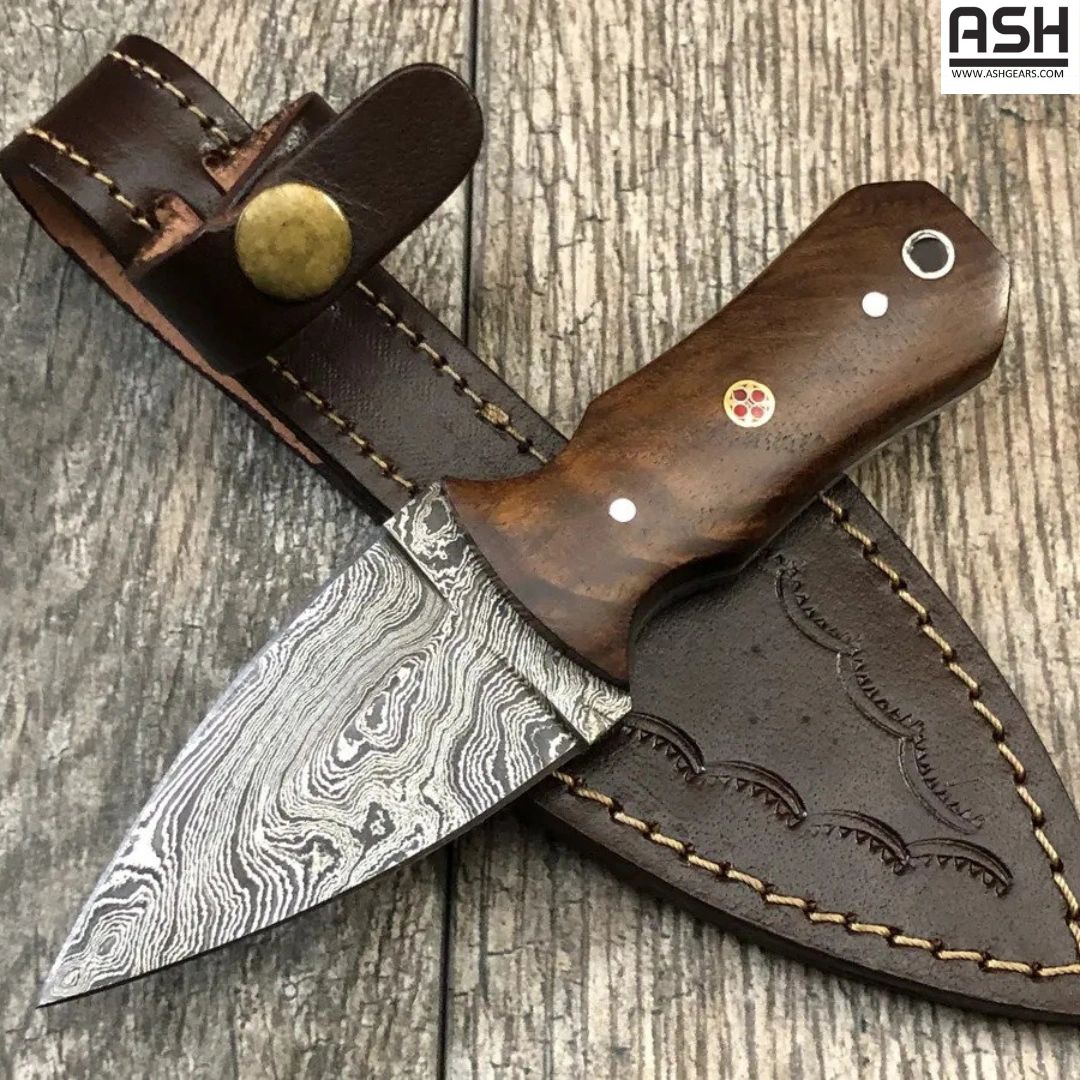The History of Blades
Blades are sharp tools or weapons that have been essential to human survival and progress for thousands of years. From the earliest stone blades to the sophisticated modern knives and swords of today, blades have played a crucial role in human history. In this article, we will explore the evolution of blades over time, from prehistoric times to the present day.
Introduction
Blades can be defined as sharp-edged tools or weapons that are used for cutting, slicing, or piercing. They have been essential to human survival and progress since the earliest days of human history. The history of blades is a long and fascinating one, which we will explore in the following sections.
Prehistoric Blades
The earliest evidence of blades dates back to the Paleolithic era, around 2.6 million years ago. These early blades were made from materials such as obsidian, flint, and chert. They were typically used for hunting and butchering animals, as well as for other tasks such as scraping and cutting plants.
Bronze Age Blades
The Bronze Age, which began around 3000 BCE, marked a significant advancement in blade technology. With the development of metallurgy, bronze blades became widespread in Europe and Asia. Bronze was a durable and versatile material that could be used to make swords, daggers, and other weapons.
Iron Age Blades
Iron, which is a superior material to bronze, was first used to make blades around 1200 BCE. Iron Age swords and spears were stronger and more durable than their bronze counterparts. The spread of ironworking technology led to the widespread use of iron blades in Europe and Asia.
Medieval Blades
The Middle Ages saw the rise of the European knight and the evolution of the sword. Swords were an essential weapon for knights and were often decorated with intricate designs and engravings. Famous medieval blades include Excalibur, the legendary sword of King Arthur, and Joyeuse, the sword of Charlemagne.
Renaissance Blades
The Renaissance, which began in the 14th century, was a period of great intellectual and cultural growth. The invention of the printing press led to the spread of knowledge about blades, and the art of sword fighting became popular. The dueling sword, a slender and elegant weapon, became the preferred weapon for personal combat.
Modern Blades
The Industrial Revolution, which began in the late 18th century, marked a significant change in the way blades were produced. Mass production techniques allowed for the production of large numbers of blades at a faster rate and a lower cost. Stainless steel, which was invented in the early 20th century, revolutionized the knife industry. It is a corrosion-resistant material that is used in a variety of knife designs.
Contemporary Blades
Blades have become an integral part of popular culture. Movies, TV shows, and video games often feature characters who wield knives, swords, and other bladed weapons. Technology has also had a significant impact on blade design, with advancements in materials and manufacturing techniques leading to the creation of new types of blades.
Conclusion
In conclusion, the history of blades is a fascinating one that spans thousands of years. From the earliest stone blades to the modern knives and swords of today, blades have played a crucial role in human history. As technology continues to evolve, it will be interesting to see how blades continue to change and adapt to meet new challenges.

Comments
Post a Comment